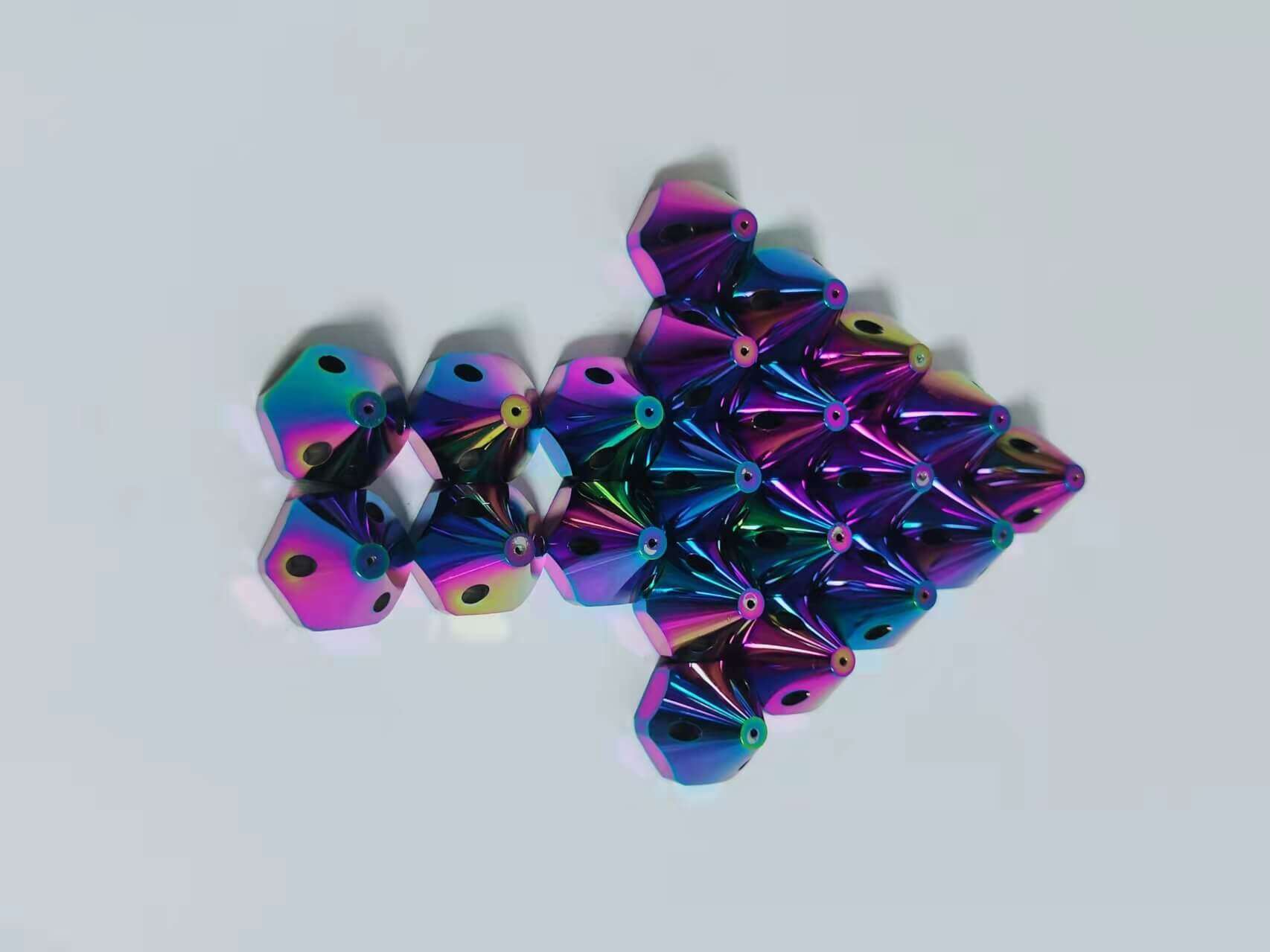Email format error
Email cannot be empty
Email already exists
6-20 characters(letters plus numbers only)
The password is inconsistent
Email format error
Email cannot be empty
Email does not exist
6-20 characters(letters plus numbers only)
The password is inconsistent






Some Types Of Lathe center
1.Usually referred to as center, it is a tool that has been ground to a point to accurately locate the workpiece on the shaft. They usually have an included angle of 60 °, but in the case of heavy machining, an angle of 75 ° is used.
The main purpose of the center is to ensure concentric work; This allows the workpiece to be transferred between machining (or inspection) operations without losing any accuracy. Parts can be turned on a lathe, sent for quenching and tempering, and then ground between the centers of the cylindrical grinder. Maintaining concentricity between turning and grinding operations is essential for high-quality work.
When turning between centers, stabilizers can be used to support longer workpieces. In this case, the cutting force will deflect the workpieces excessively, reducing the finish and accuracy of the workpieces, or creating dangerous situations.
The center lathe is suitable for any place where the center workpiece can be used. This is not limited to the use of lathes, but may also include settings in indexing heads, cylindrical grinders, tool and tool grinders or other related equipment. The term between centers refers to any machining operation that requires the use of centers to perform work.
The center is inserted into the matching hole drilled by the center drill. The hole is conical near the surface and cylindrical as it deepens.
2.Revolving Centre For Lathe
The center of rotation, also known as the center of rotation or operating center in some countries, its 60 ° center runs in its own bearing and is used for the non drive end or tailstock end of the machine. It allows higher turning speeds without the need for separate lubrication and greater clamping pressure. CNC lathes use almost only this type of center, and they can also be used for general machining operations. The spring-loaded center is designed to compensate for the center change without damaging the workpiece or the center tip. This ensures that the operator obtains a uniform and constant tension during machining. Some live broadcast centers also have interchangeable shafts. This is valuable when the situation requires a design other than the 60 ° male end. The active center, which may be hard or soft, is a common center placed in the rotating spindle. It moves and is therefore alive.
3.Pipe Center
The tube center, also known as the center of the ox nose, is a living center with a large diameter conical nose rather than a sharp point. This allows the center to be used in the hole of a pipe or other workpiece with a large inner diameter. Although the tube center ensures that the workpiece remains concentric, its main advantage is that it can firmly support the workpiece and can be used for parts with large inner diameter that cannot use ordinary sharp centers. If excessive force is applied at the chuck end, thin-walled materials such as pipes are easy to collapse.


